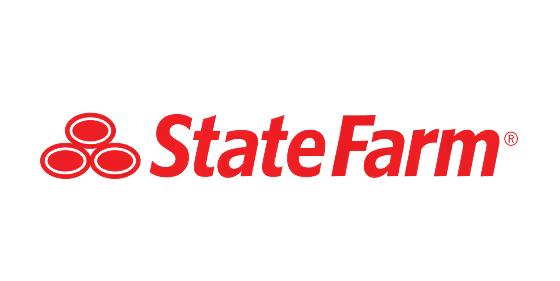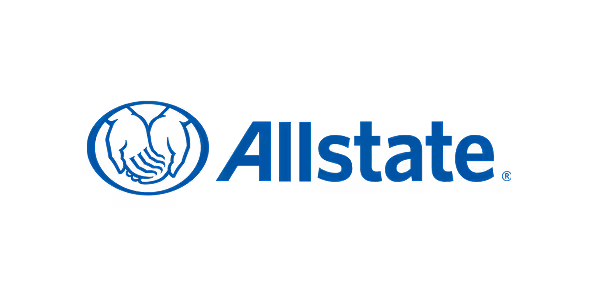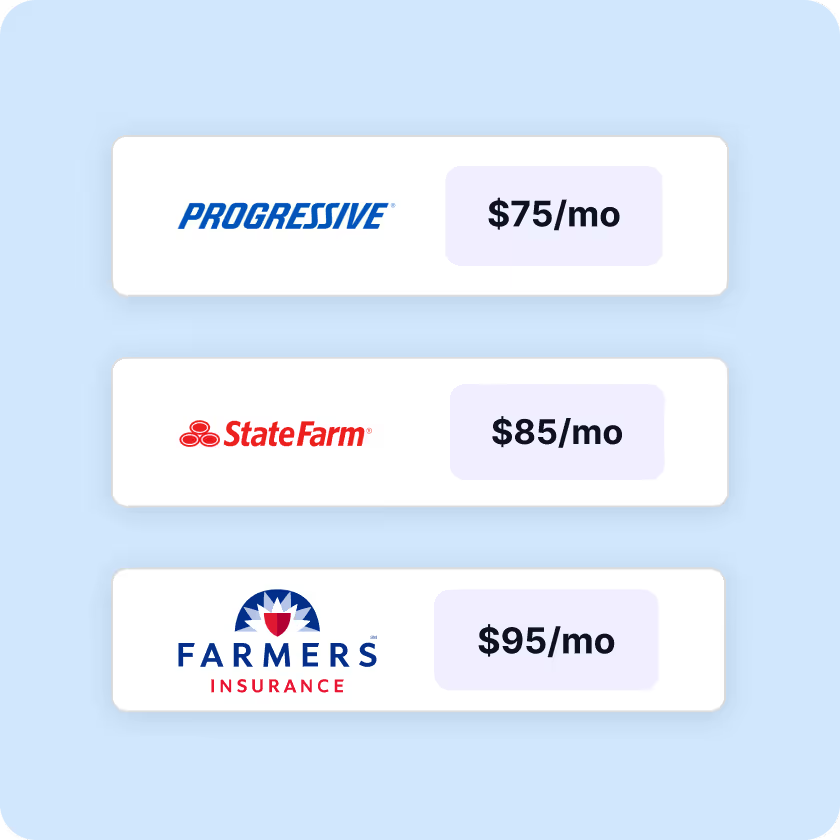
Kudos has partnered with CardRatings and Red Ventures for our coverage of credit card products. Kudos, CardRatings, and Red Ventures may receive a commission from card issuers. Kudos may receive commission from card issuers. Some of the card offers that appear on Kudos are from advertisers and may impact how and where card products appear on the site. Kudos tries to include as many card companies and offers as we are aware of, including offers from issuers that don't pay us, but we may not cover all card companies or all available card offers. You don't have to use our links, but we're grateful when you do!
What Is APR on a Credit Card?
July 1, 2025


What Is Credit Card APR?
Annual percentage rate (APR) is the yearly interest rate a credit card company charges for borrowing money, plus any fees. APR is expressed as a percentage and can vary by card. For example, one card might have an APR of 9.99%, while another might have an APR of 14.99%.
APR is important because it determines how much interest a card issuer can charge on a balance that's carried beyond the card's grace period. Understanding APRs can help you compare offers and find the right card for you. For example, you might consider getting a credit card with a low or 0% promotional APR to attract new customers, but be aware that these introductory rates often increase significantly after a certain amount of time. A good credit score may also help you get a lower APR.
To calculate monthly interest charges, you can multiply the daily periodic rate (DPR) by the number of days in your billing cycle. Most credit cards have a billing cycle of about 30 days. Interest may also compound daily, so it's important to stay on top of payments each month to minimize this effect. You can check your credit card's terms and conditions to see what method is used to calculate interest.
Types of APR on Credit Cards
Not all APRs are created equal. Credit card issuers often apply different APRs depending on the type of transaction. Here are the main types of APR you may encounter:
Introductory APR
Many credit cards offer a low or 0% introductory APR as an incentive for new customers. This rate applies for a set period, usually 6-18 months, and can apply to purchases, balance transfers, or both. Once the introductory period ends, the APR will revert to the regular rate.
Purchase APR
This is the most common type of APR and applies to standard purchases made with your credit card. If you pay your balance in full each month, you can avoid paying interest on your purchases. The purchase APR is often variable, meaning it can change based on the Prime Rate.
Balance Transfer APR
If you transfer a balance from another credit card, a balance transfer APR will apply. This rate may be lower than your regular purchase APR, especially during an introductory period. Balance transfers can be a useful tool for managing credit card debt, but it's important to understand the terms and any associated fees.
Cash Advance APR
When you use your credit card to withdraw cash, a cash advance APR applies. This rate is often higher than the purchase APR and typically has no grace period, meaning interest starts accruing immediately. Cash advances also often come with additional fees.
Penalty APR
If you make a late payment or your payment is returned, your issuer may charge a penalty APR. This is the highest APR and can legally go up to 29.99%. It's important to always make at least your minimum payment on time to avoid triggering a penalty APR.
Understanding your credit card APR is crucial for managing your financial health, but it can be complex. That's where Kudos comes in. Our free AI-powered wallet not only helps you optimize your rewards on every purchase, but also provides valuable insights into your APR and interest charges.
How APR Is Determined
Several factors influence the APR a credit card issuer will offer you:
- Credit Score: Your credit score is a key determinant of your APR. Generally, the higher your credit score, the lower the APR you'll be offered. Improving your credit score is one of the best ways to secure a lower APR.
- Credit History: Your credit history, including any late payments or defaults, can impact your APR. Lenders use your credit history to assess the risk of lending to you.
- Card Type: Different credit cards have different APR ranges. For example, rewards credit cards often have higher APRs than basic credit cards. When comparing credit card offers, it's important to look at the APR in addition to any rewards or benefits.
- Prime Rate: Many credit cards have variable APRs tied to the Prime Rate. When the Prime Rate changes, your APR will change accordingly. It's important to understand how a variable APR works and how it can impact your interest charges over time.

How To Calculate Your Credit Card APR
Calculating your credit card APR can help you understand the true cost of borrowing. Here's a step-by-step guide to calculate APR:
- Find your current APR on your credit card statement. This will be listed as an annual percentage rate.
- Divide your APR by 365 (the number of days in a year) to get your daily periodic rate. This calculation converts your annual rate to a daily rate.
- Multiply your daily periodic rate by your average daily balance. Your average daily balance is the sum of your balances for each day in the billing cycle, divided by the number of days in the cycle.
- Multiply the result by the number of days in your billing cycle. This will give you the amount of interest you're being charged for that billing cycle.
For example, if your APR is 18%, your daily periodic rate would be 0.0493% (18% / 365). If your average daily balance is $1,000 and there are 30 days in your billing cycle, your interest charge would be $14.79 ($1,000 x 0.000493 x 30).
It's important to note that this calculation assumes you're not making any additional purchases or payments during the billing cycle. Your actual interest charge may be different if your balance changes throughout the month.
Avoiding High APRs
High APRs can significantly increase the cost of borrowing, but there are strategies to avoid them:
- Negotiate with Your Issuer: If you have a good payment history, you can try negotiating a lower APR with your credit card issuer. Many issuers are willing to work with customers to keep their business.
- Improve Your Credit Score: Practicing good credit habits, such as making payments on time and keeping your credit utilization low, can help improve your credit score and qualify you for lower APRs. Even a small improvement in your credit score can make a big difference in the APR you're offered.
- Consider Balance Transfer Offers: If you have high-interest credit card debt, a balance transfer to a card with a lower or 0% introductory APR can save you money on interest. Just be sure to understand the terms of the offer, including the length of the introductory period and any balance transfer fees.
- Shop Around: When applying for a new credit card, compare offers to find the card with the lowest APR for your needs. Look at both the regular APR and any introductory offers. Remember that the lowest advertised APR may not be the APR you're offered, so it's important to read the terms carefully.
The Bottom Line
Understanding and managing your credit card APR is a key part of responsible credit use. By knowing the types of APR, how they're determined, and how to calculate them, you can make informed decisions about your credit card use and avoid costly interest charges. If you're facing high APRs, strategies like negotiation, credit score improvement, and balance transfers can help you get your interest costs under control.
Remember, while APR is an important factor, it's not the only thing to consider when choosing a credit card. Rewards, benefits, and fees can also impact the overall value of a card. By understanding all aspects of a credit card offer, you can choose the best card for your financial needs and goals.
This is where Kudos comes in. Kudos is a free AI-powered wallet that helps you get more out of your credit cards. By analyzing your spending habits and credit card rewards programs, Kudos can recommend the best card to use for each purchase, ensuring you earn the most rewards, miles, or cash back possible.
With Kudos, you no longer have to worry about keeping track of multiple rewards programs or missing out on valuable points. Kudos does the work for you, optimizing your rewards on every online purchase.
But Kudos goes beyond just rewards optimization. The browser extension and iPhone app also provides valuable insights into your spending, helping you understand where your money is going and identifying areas where you could save. By combining smart rewards optimization with powerful budgeting tools, Kudos puts you in control of your financial health.
Ready to get more out of your credit cards? Sign up for Kudos today and start optimizing your rewards on every purchase. With Kudos, you can shop with confidence, knowing you're always getting the most value from your credit card spending. Download Kudos now and take the first step toward smarter, more rewarding credit card use.

Supercharge Your Credit Cards
Experience smarter spending with Kudos and unlock more from your credit cards. Earn $20.00 when you sign up for Kudos with "GET20" and make an eligible Kudos Boost purchase.
Editorial Disclosure: Opinions expressed here are those of Kudos alone, not those of any bank, credit card issuer, hotel, airline, or other entity. This content has not been reviewed, approved or otherwise endorsed by any of the entities included within the post.





















.webp)
.webp)
.webp)
.webp)















